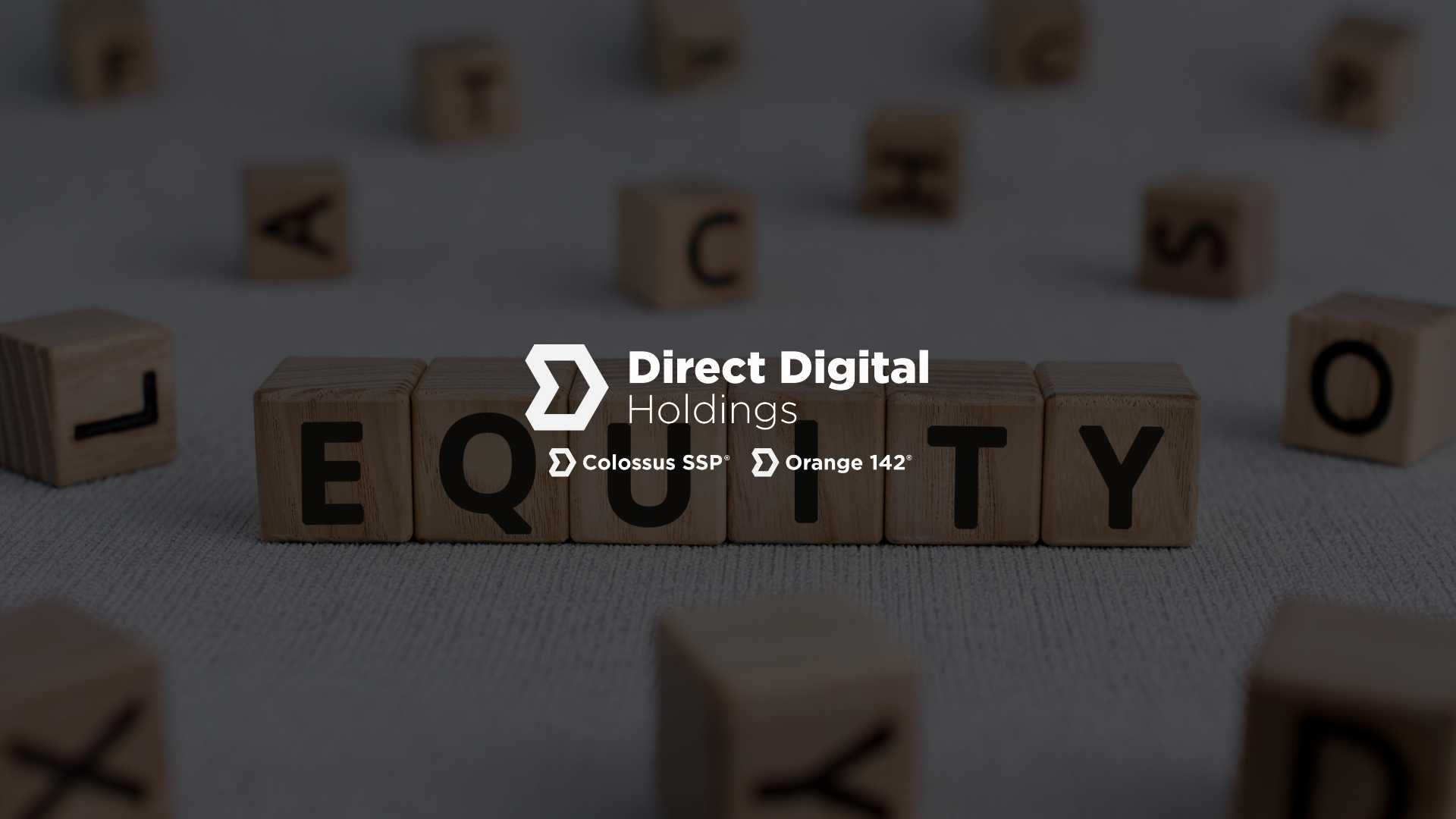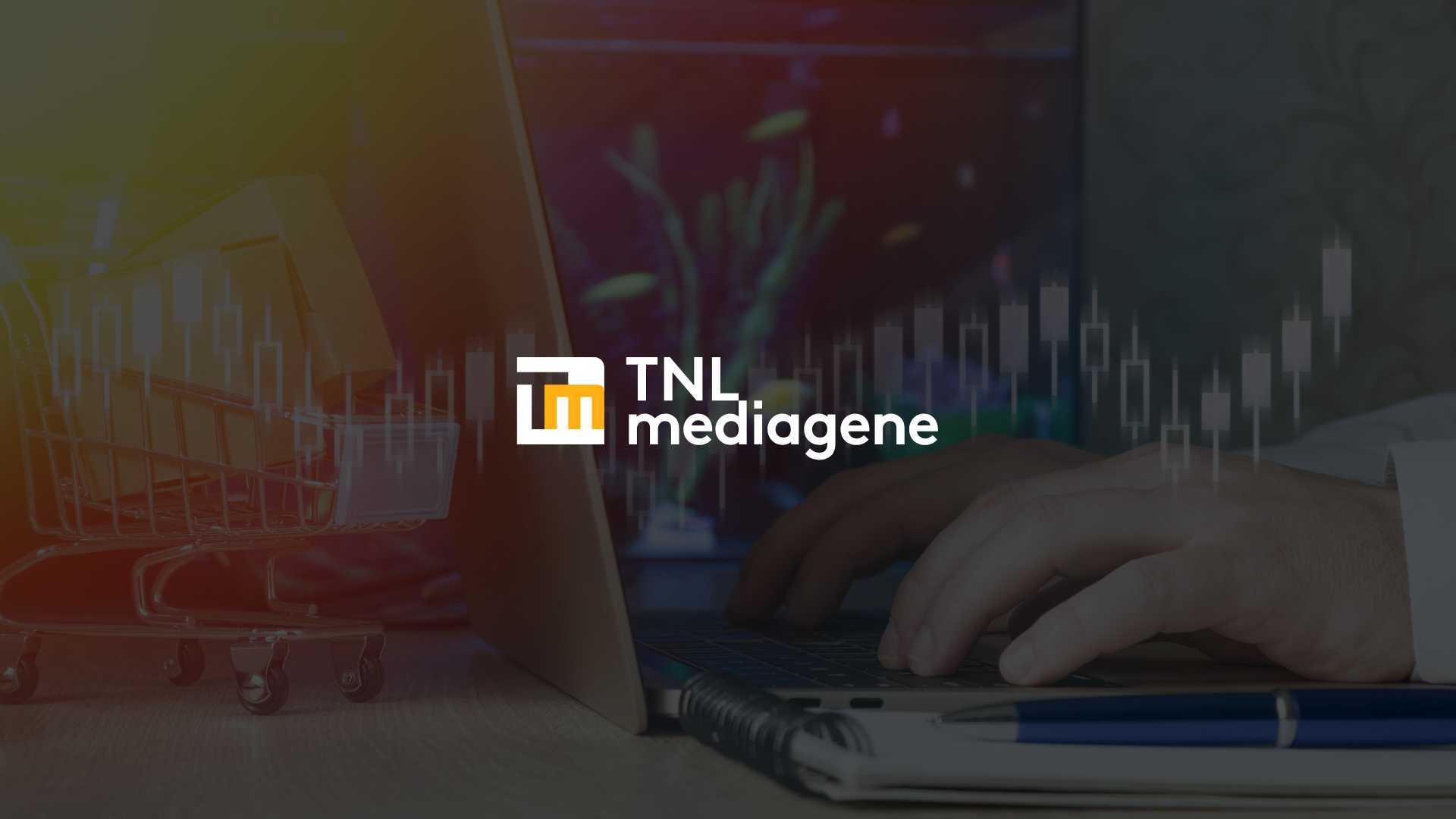Direct Digital Holdings—parent company of Colossus SSP and performance marketing agency Orange 142—has cleared a major regulatory hurdle that’s been hanging over the AdTech company for months. The firm announced that it has officially regained compliance with Nasdaq’s minimum stockholders’ equity requirement, restoring one of the key conditions needed to maintain its listing on the Nasdaq Capital Market.
At a time when public AdTech companies are navigating tighter margins, volatile share prices, and intense competition, maintaining listing status is more than a procedural milestone—it’s a signal to investors, partners, and buyers that the company remains stable enough to compete in a market where scale and operational continuity matter.
Nasdaq Equity Requirement: Box Checked
According to the company, Nasdaq’s Listing Qualifications Department informed Direct Digital that it satisfied Listing Rule 5550(b)(1), which requires companies to maintain at least $2.5 million in stockholders’ equity.
This comes after a period during which Direct Digital’s finances were under heightened scrutiny, a scenario not uncommon for emerging AdTech players whose business models must consistently demonstrate both growth resilience and profitability in a crowded ecosystem. Re-establishing compliance effectively removes a major overhang on the company’s operational narrative.
CEO Mark Walker framed the development as a sign of regained momentum:
“We are pleased to have regained compliance… reflecting our strengthened financial position and continued focus on building long-term shareholder value.”
For a publicly traded AdTech platform, the ability to reassure shareholders—and potential investors—that the business is on firmer footing is critical. Especially when the sector is still digesting a multi-year reset in ad spend patterns and privacy-driven performance pressures.
Nasdaq Bid-Price Requirement: A Longer Runway
While Direct Digital solved one listing challenge, another remains in progress. Nasdaq has granted the company an exception until January 30, 2026, to meet Listing Rule 5550(a)(2)—the minimum bid price requirement mandating the stock close at $1.00 or higher for 10 consecutive business days.
Extensions of this kind are relatively rare and suggest Nasdaq’s confidence in the company’s pathway to remediation. It also buys Direct Digital meaningful time—more than a year—to stabilize performance, deliver operational improvements, and potentially unlock mechanisms to reach bid-price compliance.
For context, the bid-price rule is a common stumbling point for smaller-cap tech companies, especially in sectors—like AdTech—where revenue swings, client concentration, and macro advertising cycles can all affect valuation.
The extra runway gives Direct Digital a chance to demonstrate the strength of its marketplace technology, programmatic capabilities, and managed-service offerings without the existential threat of near-term delisting.
What This Means for Direct Digital Holdings and the AdTech Market
1. Stability matters in the current AdTech climate
Advertisers and supply partners want predictable, compliant, well-governed platforms. Regaining equity compliance helps Direct Digital reinforce trust within the ecosystem.
2. A prolonged bid-price window reduces pressure on near-term execution
The 2026 deadline allows the company to focus on strengthening revenue consistency, diversifying customer pipelines, and executing long-term strategic plans without resorting to immediate structural fixes.
3. Colossus SSP and Orange 142 remain unaffected operationally
Both subsidiaries continue to operate normally. Market-facing products and client services typically remain insulated from listing compliance issues, but the restored confidence may help with enterprise deals and renewals.
4. A stronger financial posture may open the door to new partnerships
Compliance often improves a company’s attractiveness to strategic partners, especially in procurement-heavy sectors like programmatic media, where vendor risk assessments are standard.
The Broader Context: Public AdTech Companies Face a Tougher Road
Across the industry, publicly traded AdTech platforms are navigating:
- heightened scrutiny around profitability
- slower-than-expected recovery in certain ad categories
- regulatory shifts impacting tracking and attribution
- increased risk disclosures
- intensified competition from walled gardens and retail media networks
Direct Digital’s forward-looking risk section reads like a checklist of challenges facing mid-market AdTech firms—from data privacy concerns to credit facility constraints and dependency on major clients. But the company’s regained compliance suggests it has, at minimum, stabilized a critical component of its public-company infrastructure.
While compliance doesn’t eliminate the broader risks outlined in its filings, it does ensure that Direct Digital remains in the game—and in the public markets—while it works through them.
Final Take
In an AdTech sector still redefining itself post-cookie, post-pandemic, and post-2022 ad downturn, Direct Digital Holdings’ regained equity compliance is more than a symbolic win—it’s a structural one. The Nasdaq extension through 2026 buys leadership the time it needs to strengthen fundamentals, optimize operations, and map a route back to sustainable market performance.
For investors and industry watchers, the story now shifts from compliance back to execution—where product depth, revenue reliability, and marketplace differentiation will determine whether Direct Digital can convert regulatory breathing room into long-term stability.



